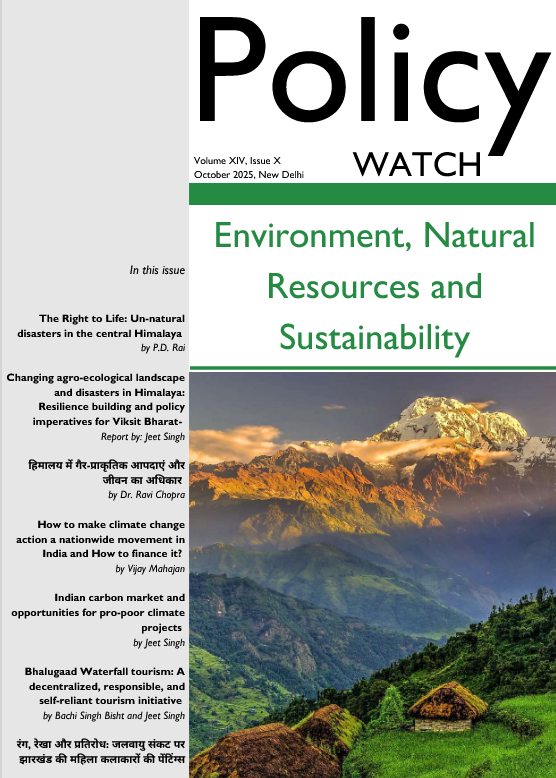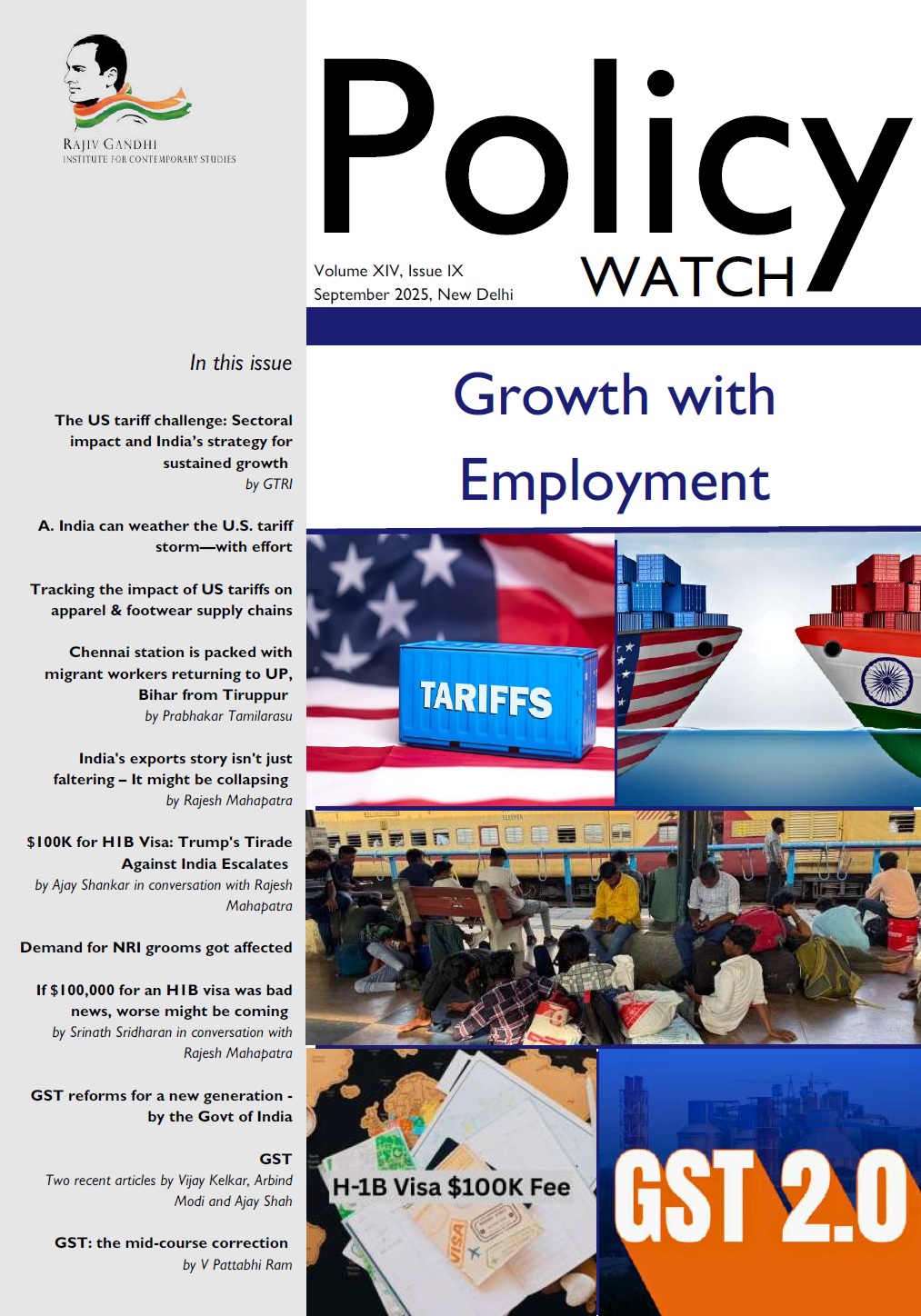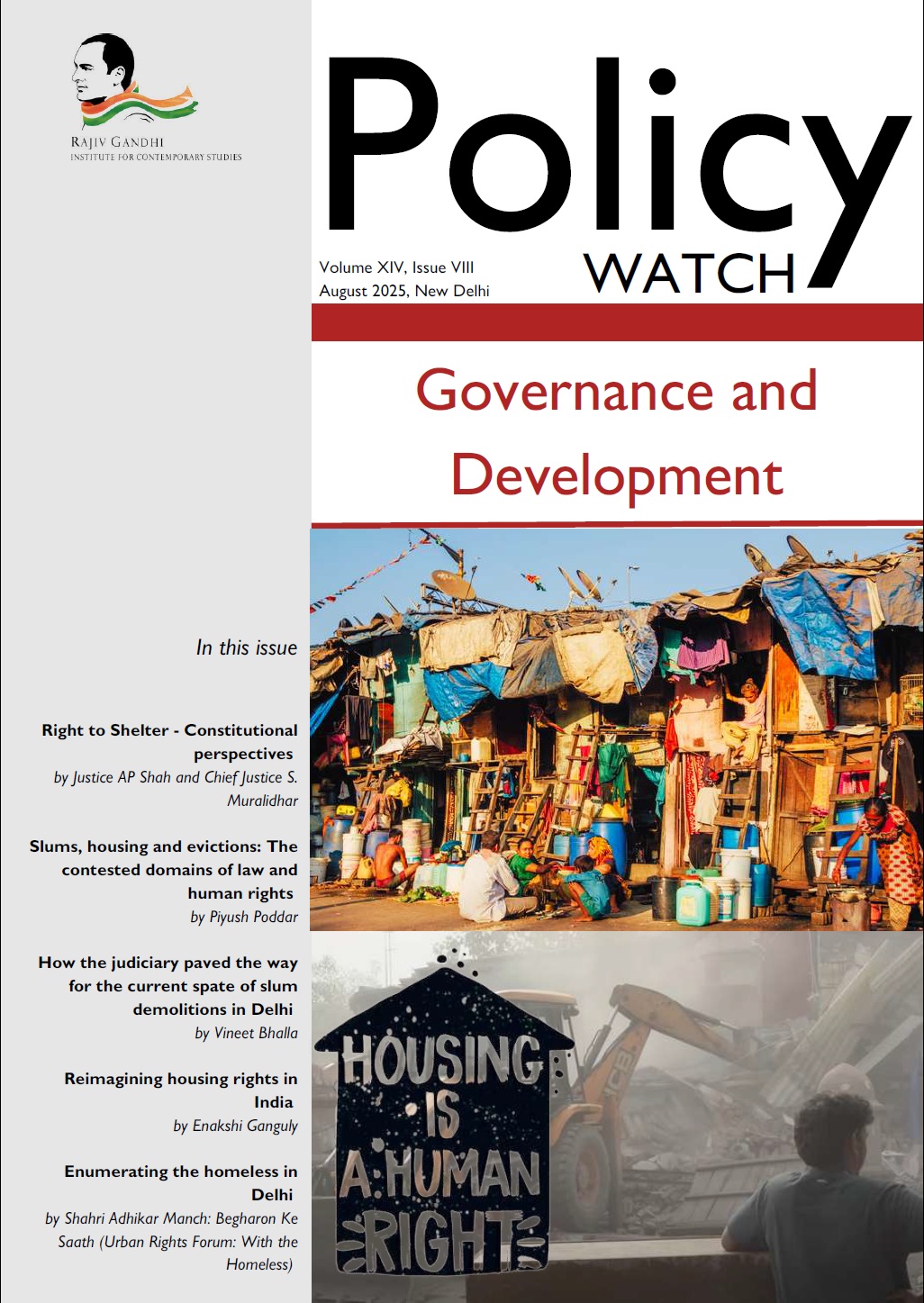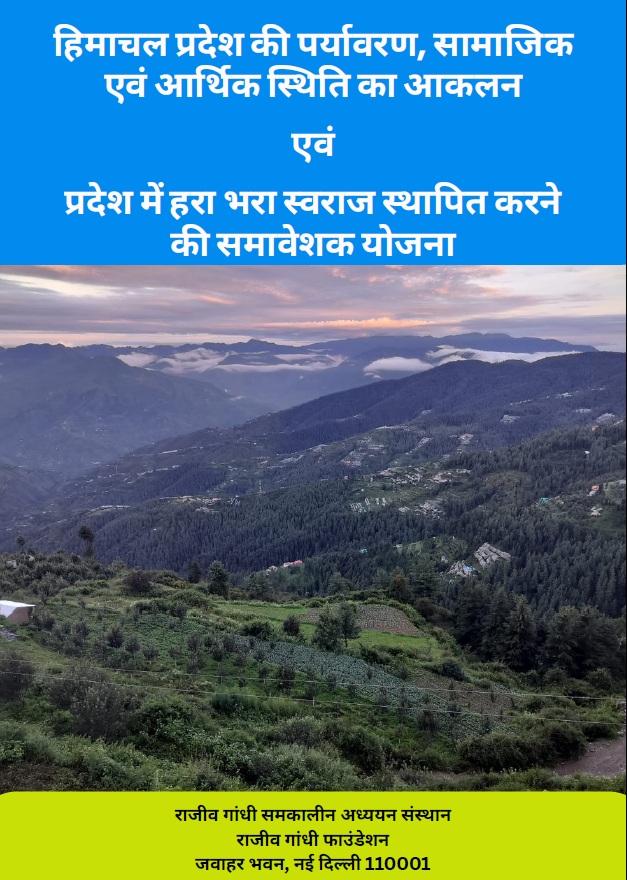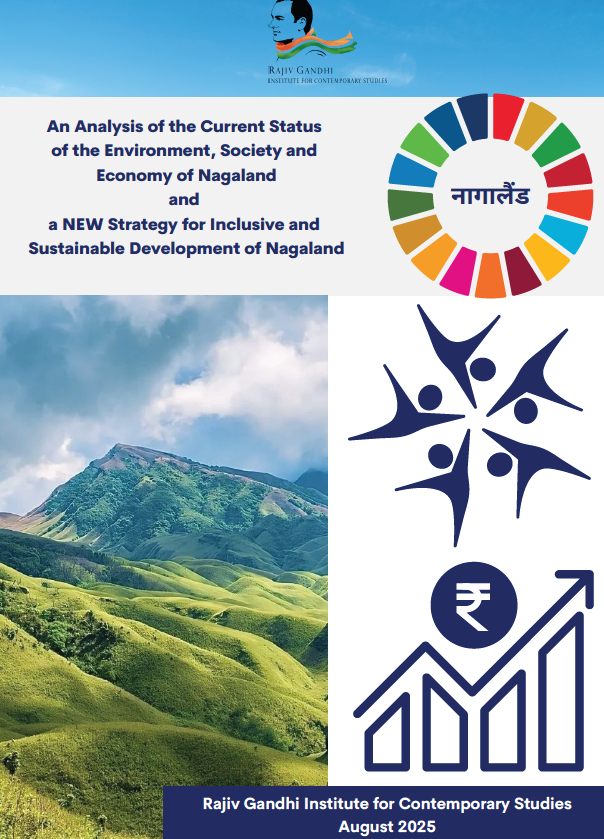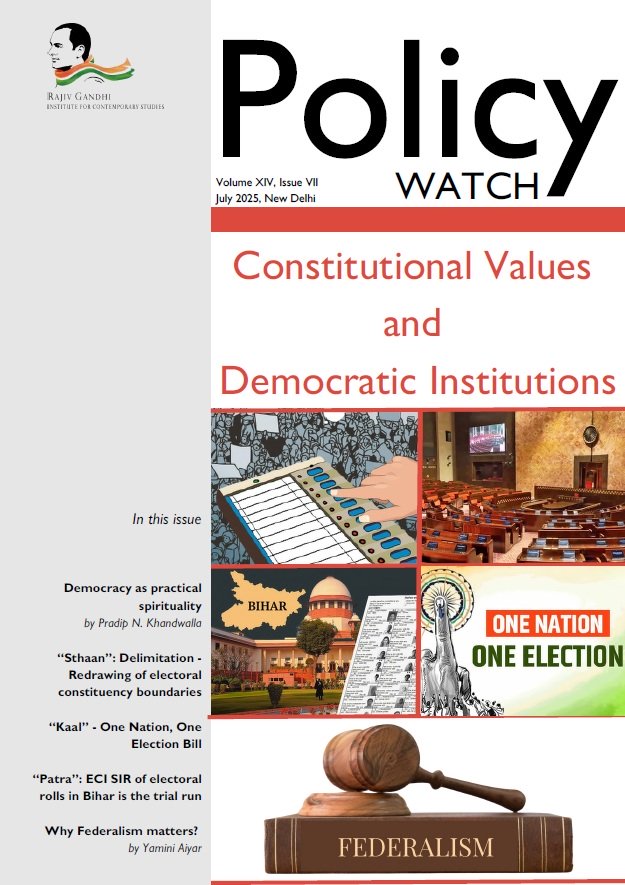The document delves into how legislative powers are shared between the Union and the States in India, focusing on the Union, State, and Concurrent Lists under the Constitution’s Seventh Schedule. While the system is designed to maintain a balance, the Centre has increasingly encroached on state authority, often diluting the essence of federalism. The judiciary, especially the Supreme Court, plays a crucial role in interpreting these constitutional provisions, but its centralized structure limits the scope for true judicial federalism. Key doctrines like pith and substance, repugnancy, and colourable legislation help determine the validity of laws passed by both the Union and the States. One major concern is the growing influence of the Union over subjects traditionally managed by states, such as education, law enforcement, and economic planning.
Over time, various amendments and policies have strengthened the Centre’s grip on state matters. The 42nd Constitutional Amendment, the expansion of the BSF’s jurisdiction, and the move of education to the Concurrent List are a few examples of this shift. While the Supreme Court has the authority to settle Centre-State disputes under Article 131, inconsistent rulings have created uncertainty regarding states’ ability to challenge central laws. Reports like the Sarkaria and Puncchi Commissions have long advocated for a more balanced power distribution, yet progress has been slow. The document ultimately raises the need for a reassessment of legislative authority to uphold true federalism, ensuring states have the autonomy they need to govern effectively while maintaining national unity.
Keywords: Federalism, Legislative Power, Union List, State List, Concurrent List, Judiciary, Encroachment, Seventh Schedule, Judicial System, Article 131
Send download link to:Federalism in India Part 2: Union, State and Concurrent Lists and the Judiciary


